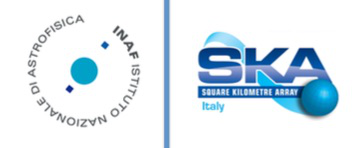Speaker
Description
The Transient High-Energy Sky and Early Universe Surveyor (THESEUS) is a space mission concept under study by ESA as candidate M5 mission aiming at exploiting Gamma-Ray Bursts for investigating the early Universe and at providing a substantial advancement of multi-messenger and time-domain astrophysics. THESEUS will address main open issues in cosmology such as, e.g., star formation rate and metallicity evolution up to redshift 10-12, Pop III stars, re-ionization. In addition, it will provide a fundamental contribution to time-domain and multi-messenger astrophysics by identifying the electromagnetic counterparts to sources of gravitational radiation, which will be routinely detected in the late '20s / early '30s by next generation facilities like aLIGO/aVirgo, LISA,
KAGRA, and Einstein Telescope and studying most classes of transient sources, thus providing an ideal sinergy also with the large observatories of the near future like LSST, ELT, TMT, SKA, CTA, ATHENA. In particular, the perspective sinergy between THESEUS and SKA is apparent. First of all, the two observing facilities will address fundamental open issues in cosmology through complementary measurements and methods, whose combination will allow to increase substantially the accuracy and reliability in the determination of, e.g., star formation rate evolution up to the very early Universe, physics and evolution of cosmic re-ionization, detection and characterization of pop III stars and first galaxies. In addition, THESEUS will be a wonderful machine for the detection, characterization and redhsift measurement of any kind of GRBs and many classes of X-ray transients. The combination of THESEUS data with those from simultaneous and follow-up observations of these phenomena with SKA will provide unique clues to their physics, progenitors and, more in general, will be a cornerstone contribution to the time domain and multi-messenger astrophysics of
the future.

